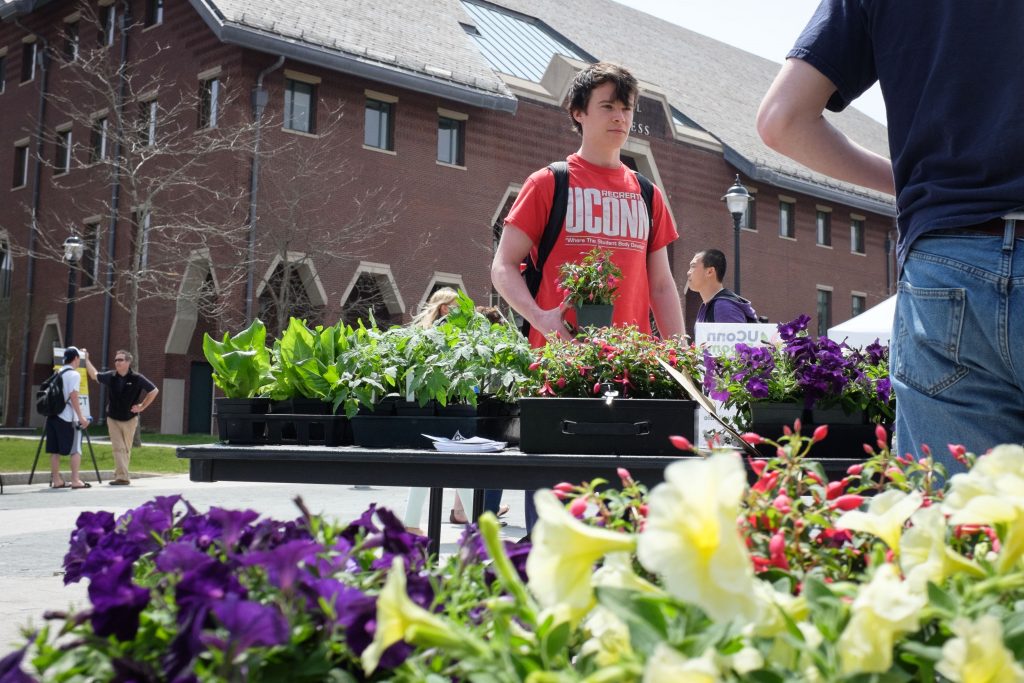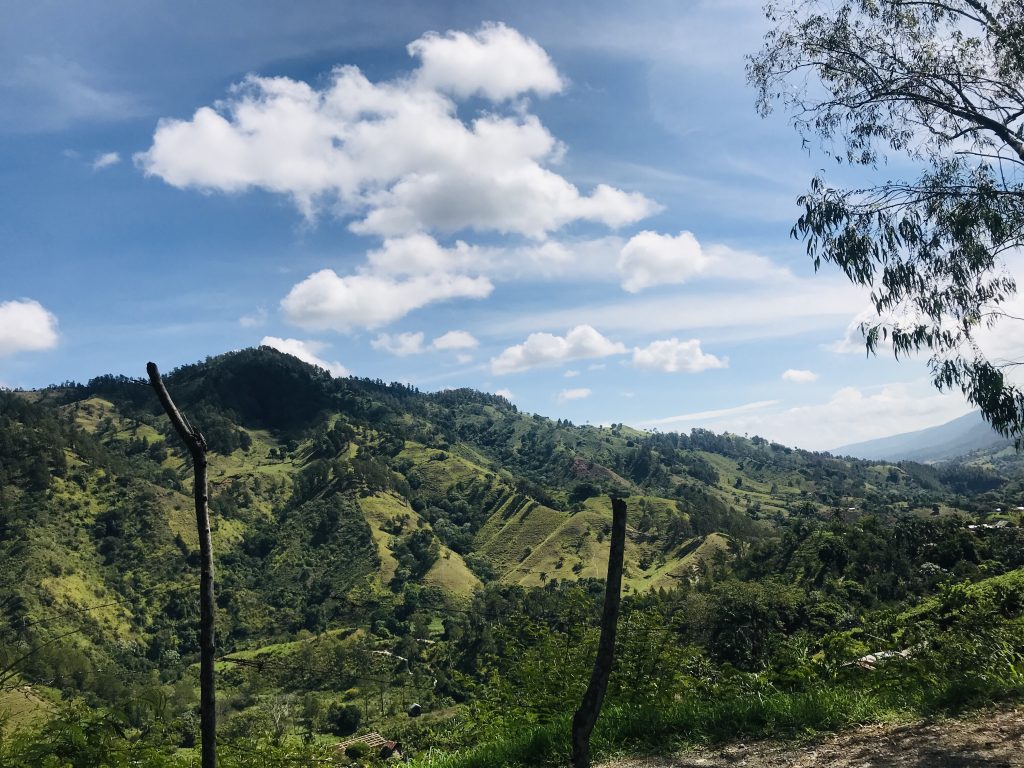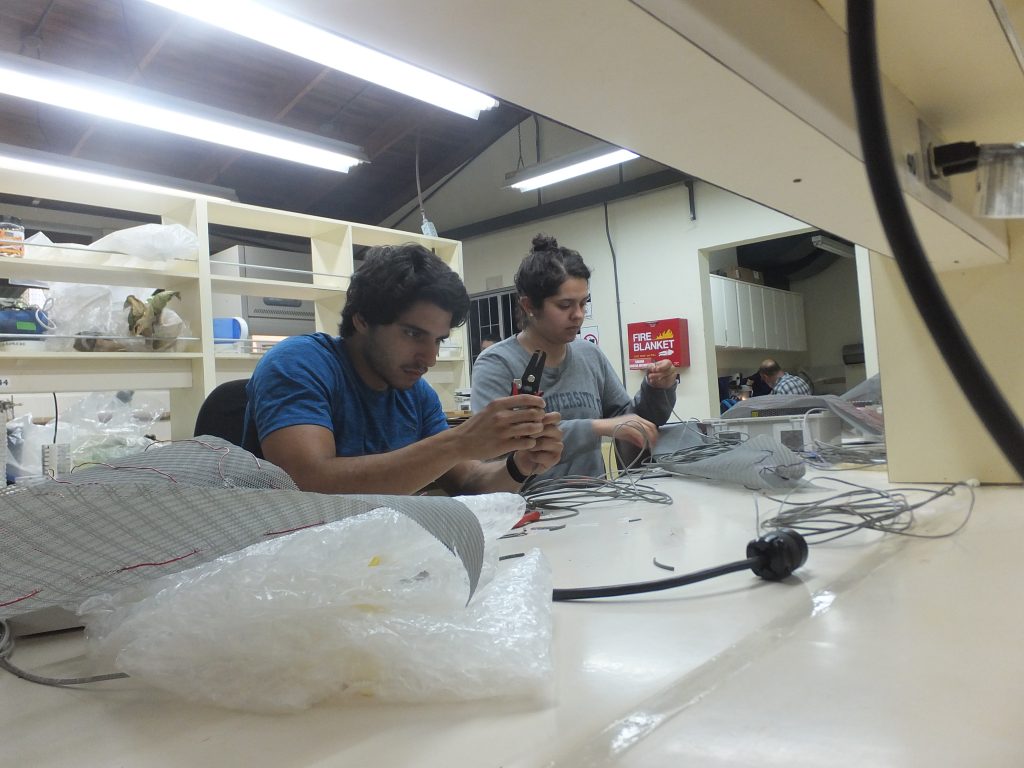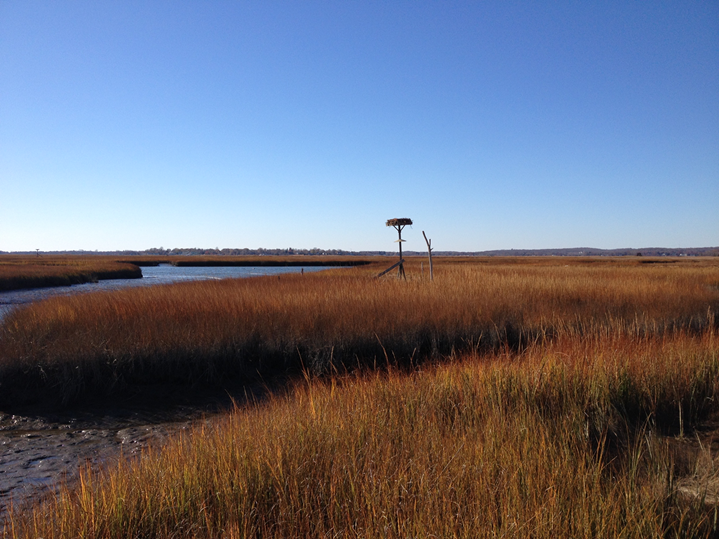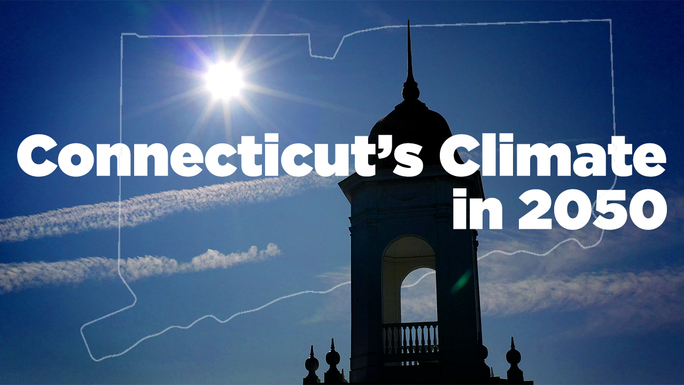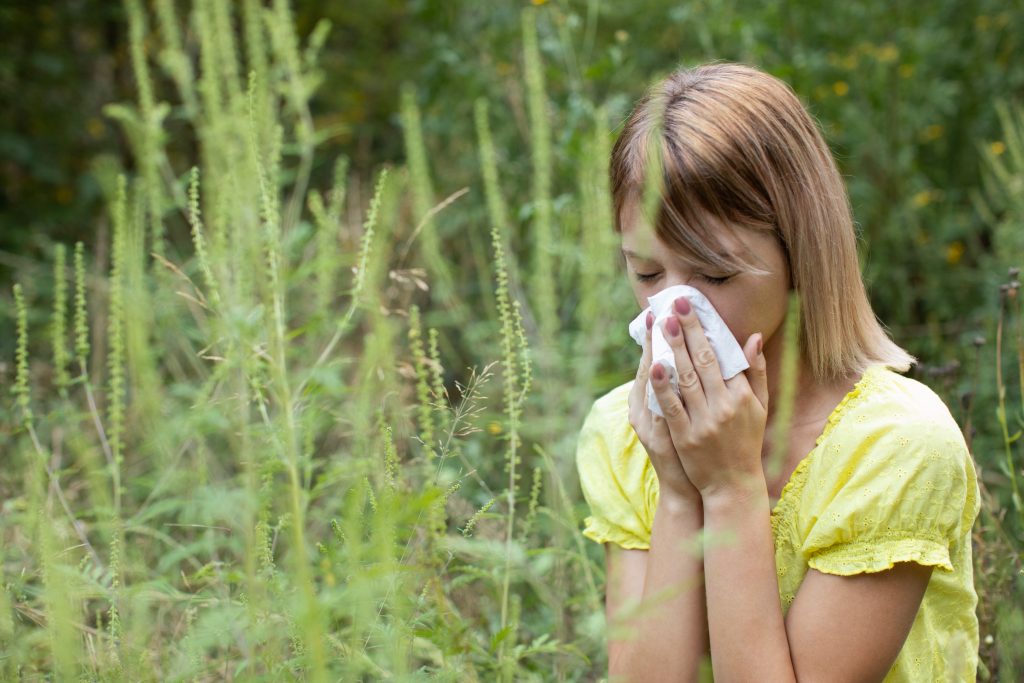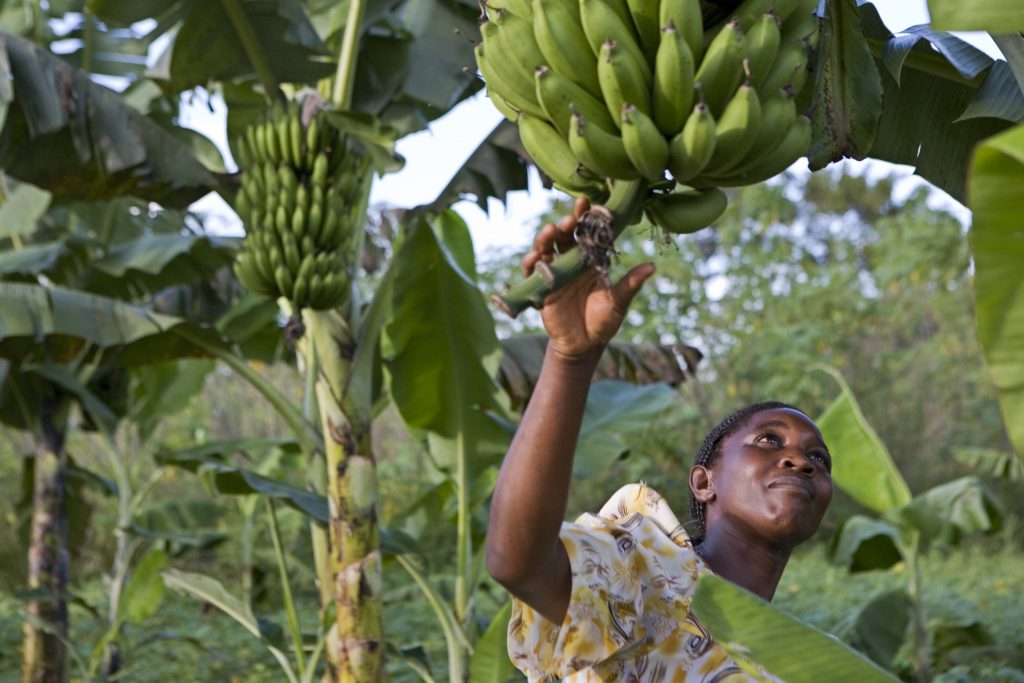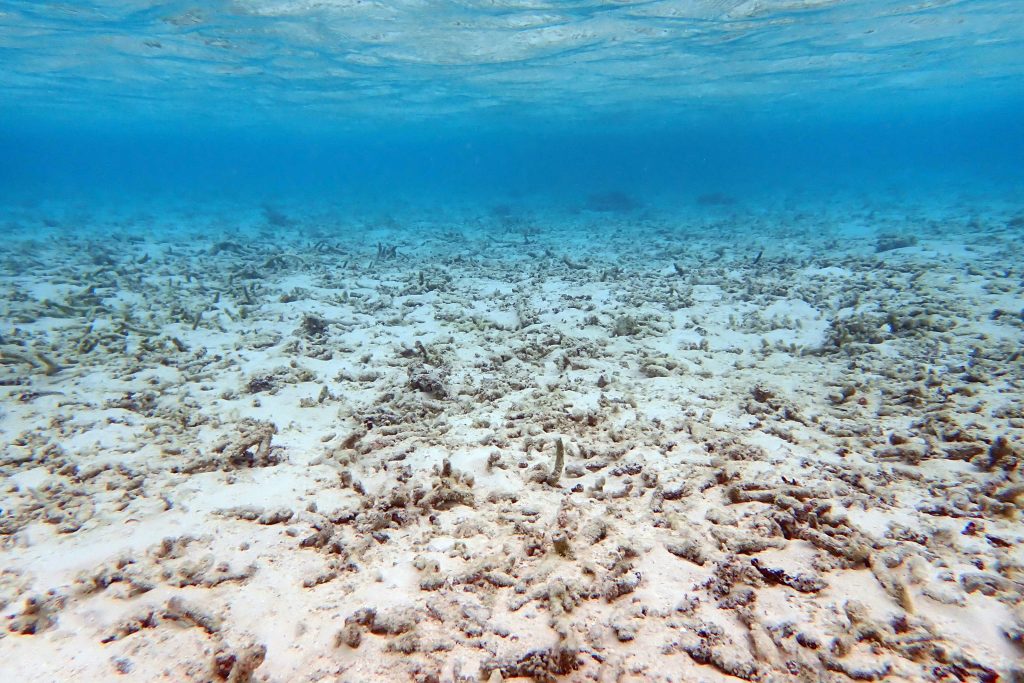Sustainability
UConn Now a Platinum and Green University
UConn is just one of seven institutions to earn Platinum status in a rigorous assessment of sustainability measures in higher education.
June 4, 2020 | Elaina Hancock
In a Paradise Threatened, Teaching Girls to Be the Change They Want to See
A UConn Extension educator describes her challenging and hopeful experiences with a project aimed at teaching girls from impoverished families in the Dominican Republic about marine sciences.
June 4, 2020 | Tessa L. Getchis, UConn Extension and Connecticut Sea Grant
The Journey to International Environmental Policy Starts with a Single Step
UConn Marine Sciences Professor Penny Vlahos discusses her recent experience on a global panel charged with making recommendations to policymakers about pollutants.
May 14, 2020 | Elaina Hancock
Bringing the Heat to Field Research
The ability to 'MacGyver' equipment in the field has led UConn researchers to an important tool for studying global warming.
April 29, 2020 | Elaina Hancock
Connecticut Closer to Establishing National Research Reserve
Connecticut is closer to having a national research reserve established along its coastline.
April 28, 2020 | Combined Reports
What’s Ahead for Connecticut’s Climate
A new report lays out the science projecting Connecticut's hotter, more uncertain future as the climate changes.
April 22, 2020 | Elaina Hancock
Got Seasonal Allergies? Beetles Could Help
An invasive plant at the root of much seasonal allergy misery could be controlled by another recent arrival: the leaf beetle.
April 21, 2020 | Elaina Hancock
Mismanagment, Not Tampering, at Root of Supply Problems for Ugandan Farmers
Two UConn researchers have discovered that mismanagement, rather than tampering, is to blame for problems in the Ugandan food supply chain.
April 17, 2020 | Elaina Hancock
Climate Change Could Cause Sudden Biodiversity Losses Worldwide
A new study finds that biodiversity losses from climate change could occur suddenly across the globe.
April 8, 2020 | Combined Reports
UConn Students Participate in Global Climate Change Forum
A video documents how the 2019 UN forum on climate changed has influenced UConn students.
April 3, 2020 | Combined Reports
